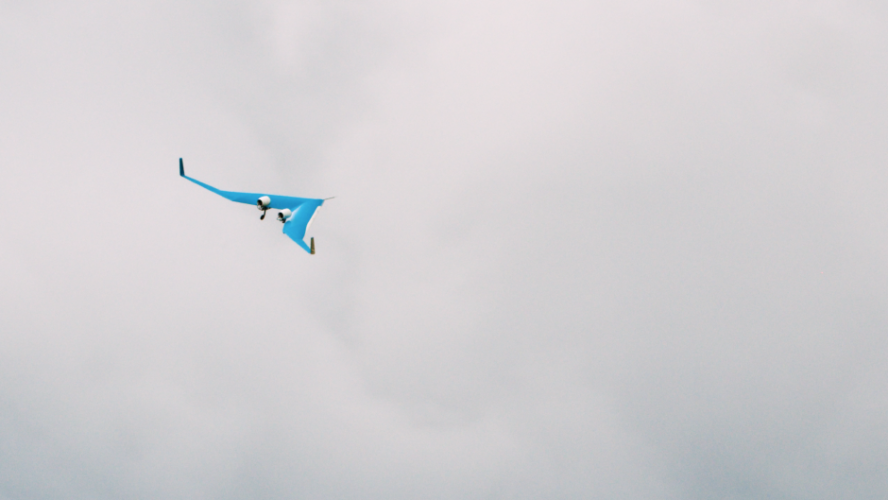The researchers, engineers and a drone pilot conducted the trials in Germany following wind tunnel testing and a series of ground tests in the Netherlands.
Reaction Engines and Rolls-Royce to develop supersonic and hypersonic systems
Developed with input from airline KLM, the aircraft integrates the passenger cabin, cargo hold and fuel tanks in the wings, creating a V-shape.
Project leader Dr Roelof Vos and his team worked with Airbus on testing the 22.5kg and 3m wide scale model, which required the pilot to take-off, fly a number of test manoeuvres and approaches until the batteries were nearly empty and land.
In a statement, Dr Vos said: “One of our worries was that the aircraft might have some difficulty lifting-off, since previous calculations had shown that ‘rotation’ could be an issue. The team optimised the scaled flight model to prevent the issue but the proof of the pudding is in the eating. You need to fly to know for sure.”

Rotation on take-off was performed successfully at 80km/h and the team added that flight speeds and angles were as predicted.
According to TU Delft, the team had to change the aircraft’s centre of gravity and fix the antenna to improve telemetry during testing. The flight confirmed that the current design shows too much ‘Dutch roll’, causing a slightly rough landing.
A next step for the team is to use the data collected during the flight for an aerodynamic (software) model of the aircraft. This will make it possible to programme it in a flight simulator to be used in future research, while further improving the flight characteristics. The team will also prepare the scale model for future flight tests.





Nanogenerator consumes CO2 to generate electricity
Whoopee, they've solved how to keep a light on but not a lot else.